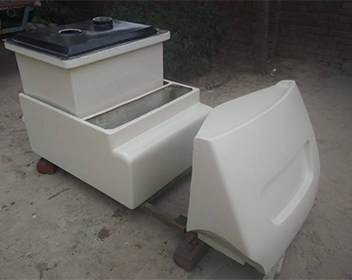Fabrication
Fabrication is the process of manufacturing sheet metal and other flat metals to make them conform to specific shapes. The process starts with sheet metal around a quarter of an inch thick or less. At this thickness, the metal is pliable enough to assume different shapes. Using this metal, fabricators alter the sheet to create a specific shape. This takes place through cutting, stamping, shaping, folding and welding. Another related practice is custom fabrication, meaning the creation of new custom parts using novel combinations of these processes.


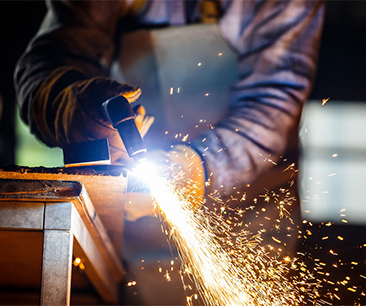
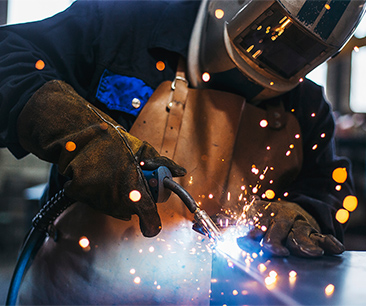
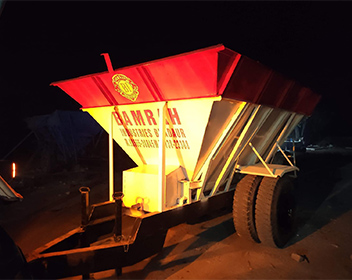
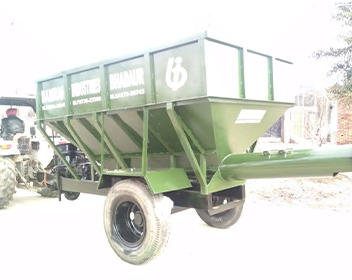
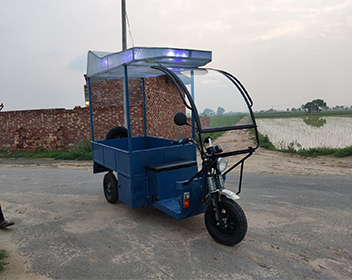
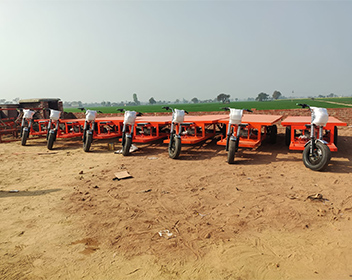
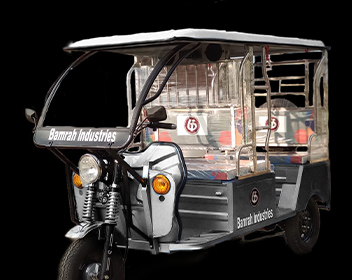
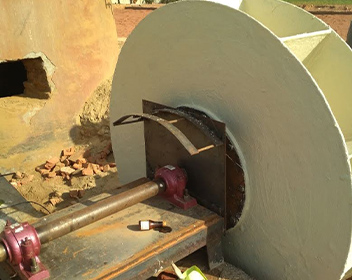
.jpeg)
